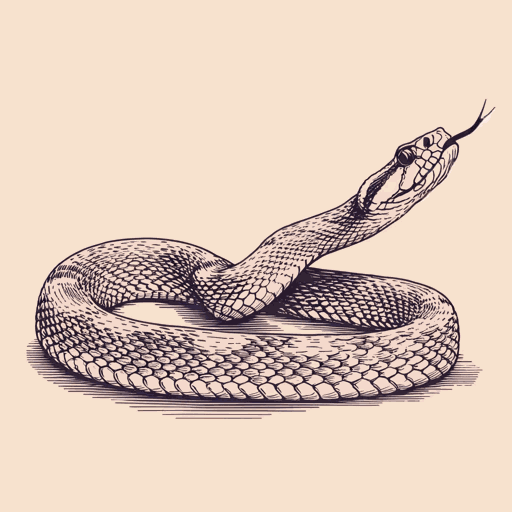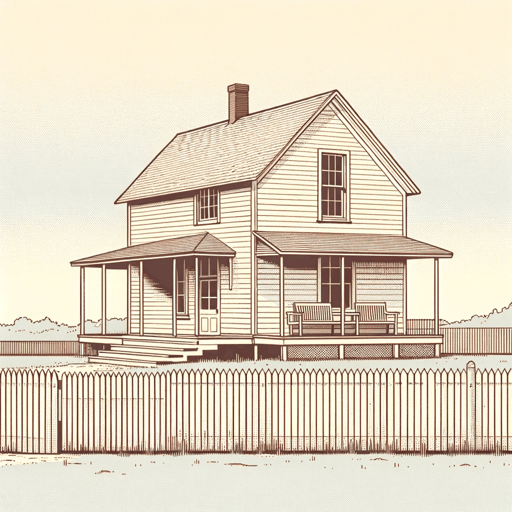51 pages • 1 hour read
Zora Neale HurstonBarracoon: The Story of the Last "Black Cargo"
Nonfiction | Biography | Adult | Published in 2018A modern alternative to SparkNotes and CliffsNotes, SuperSummary offers high-quality Study Guides with detailed chapter summaries and analysis of major themes, characters, and more.
IntroductionChapter Summaries & Analyses
Introduction Summary
Hurston begins by explaining how there are many public accounts of the slave trade, often from the perspective of slave traders, but not nearly enough accounts from the perspective of African people sold as cargo. Cudjo Lewis, born Oluale Kossola, is now among those Africans speaking of their experience. Hurston first met him in 1927 when doing research for Dr. Franz Boas on a raid in Kossola’s hometown. He was aboard the last ship of the slave trade to take African people to the Americas through the Middle Passage in 1859, led by brothers Jim, Tim, and Burns Meaher, and Captain William Foster. The Clotilda, the ship for the voyage, likely belonged to Foster. Because the slave trade was illegal by then, Foster had to be careful as he maneuvered, navigating the waters secretively and bribing officials. Arriving on the west coast of Africa in the Gulf of Guinea, Foster made his way to Dahomey to communicate with the king, who would provide captives. Foster easily found and purchased captives at the coastal barracoons at Whydah.
For the people of Dahomey, the year was divided between wars and festivals. During wartime, the King of Dahomey used an established practice of attacking other nations to gather captives for the lucrative slave trade.
Related Titles
By Zora Neale Hurston

Drenched in Light
Zora Neale Hurston

Dust Tracks on a Road
Zora Neale Hurston

Hitting a Straight Lick with a Crooked Stick
Zora Neale Hurston

How It Feels To Be Colored Me
Zora Neale Hurston

Jonah's Gourd Vine
Zora Neale Hurston

Moses, Man of the Mountain
Zora Neale Hurston

Mule Bone: A Comedy of Negro Life
Langston Hughes, Zora Neale Hurston

Mules and Men
Zora Neale Hurston

Seraph on the Suwanee
Zora Neale Hurston

Spunk
Zora Neale Hurston

Sweat
Zora Neale Hurston

Tell My Horse: Voodoo and Life in Haiti and Jamaica
Zora Neale Hurston

The Eatonville Anthology
Zora Neale Hurston

The Gilded Six-Bits
Zora Neale Hurston

Their Eyes Were Watching God
Zora Neale Hurston
Featured Collections
A Black Lives Matter Reading List
View Collection
African American Literature
View Collection
African History
View Collection
Anthropology
View Collection
Books on Justice & Injustice
View Collection
Books on U.S. History
View Collection
Challenging Authority
View Collection
Civil Rights & Jim Crow
View Collection
Community
View Collection
Contemporary Books on Social Justice
View Collection
Family
View Collection
Harlem Renaissance
View Collection
Historical Fiction
View Collection
Memory
View Collection
New York Times Best Sellers
View Collection
Power
View Collection
Sexual Harassment & Violence
View Collection
The Best of "Best Book" Lists
View Collection

